√画像をダウンロード e-3 visa dual intent 166040
On the question on whether the E2 Visa allows dual intent, there is a split of opinions The position of the US Department of State is that the E2 Visa does not allow dual intent, and therefore an applicant with a pending immigrant Visa petition is unlikely to obtain an E2 VisaIn legal terms, dual intent refers to a type of visa that, while officially temporary in nature, also allows the visa holder to seek permanent residency in the US through a green card This distinction of dual intent is particularly vital to recognize in nonimmigrant (temporary) work visas Remember that dual intent in regard to work visas March 14th, 19 Social (2 Shares) Immigration, Refugees and Citizenship Canada (IRCC) has updated its guidelines for dual intent, making it clearer to potential applicants for immigration to Canada and IRCC staff alike when, and why, an individual may benefit from dual intent Dual intent is present when a foreign national who has applied or

Understanding The Ins And Outs Of The Visa
E-3 visa dual intent
E-3 visa dual intent-Thanks to the allowance of dual intent for E2 applicants, if a relative files an immigrant visa petition for you, you need not worry about losing your E2 status EmploymentBased Immigration as Possibility for E2 Visa Holders As an E2 nonimmigrant, you can also be sponsored by a US employer for permanent residenceThe visa has many of the same characteristics of the H1B visa with some important differences about length, renewal, spousal working ability, and dual intent with Permanent Residency Moreover, the visa is easier and less costly to obtain than the traditional H1B work visa Visa – Infographic by gdaysfcom




Services For International Students And Scholars E 3 Professional Status For Australian Citizens
Visas are nonimmigrant visas Accordingly, visa holders must prove their intent to return to Australia when the job is finished However the H1B visa, which is also a nonimmigrant visa, allows the doctrine of dual intent, ie, it allows the H1B visa holder to pursue both permanent resident status and H1B status at the same timeCalled dual intent Under the Dual Intent Doctrine4, some nonimmigrants are allowed to enter and/or remain in the US temporarily with a nonimmigrant visa even though they have expressed a longterm intent to remain permanently The Board of Immigration Appeals ("BIA") has held that "a desire to remain in this countryUnlike an H1B visa or L1 visa, an visa holder cannot have both nonimmigrant intent and immigrant intent (holding both of these intents simultaneously is referred to as "dual intent") Due to the fact that the visa does not tolerate immigrant intent or dual intent, many individuals have the mistaken belief that they cannot pursue a green card while on an visa
Are R1 visas "dual intent"?An visa holder must indicate that they intend to remain in the US temporarily, while an H1B visa allows dual intent If the visa holder starts the permanent residency process, he or she is indicating a permanent intent and this could result in denial ofDual Intent Most nonimmigrant classifications require aliens to prove they have a residence abroad that they do not intend to abandon, and that they do not have the intention to immigrate permanently to the US
Initial admission as an can be up to two years;L1A Temporary vs Dual Intent Temporary intent simply means that when the beneficiary enters the US there is no intention for him to remain permanently by overstaying their visa conditions In other words the intent to stay in the US is for the duration of the visa and thus temporary The legal creation of dual intent was established in theUnder the dual intent rules, E2 visa holders have to follow a more challenging path to US permanent residence than other visa routes They are prohibited by law from applying for a Green Card through 'adjustment of status' – the process of transferring to permenant residence status from within the US until they have — at least, not




What Is Dual Intent Youtube




Sharryn E Ross Partner Ppt Download
INA§101(a)(15)(e), 9 FAM (D) Dual intent for E visa holders was essentially recognized in the INS Memorandum from Paul W Virtue, Acting Executive Associate Commissioner, Programs, to Regional Directors, "Special Considerations for Adjustment of Status Applicants A Maintenance of E, H, or L Nonimmigrant Status BDual Nationality of Trader or Investor An applicant for an E visa need not establish intent to proceed to the United States for a specific temporary period, nor does an applicant for an E visa need to have a residence in a foreign country which the applicant does not intend to abandon 12 The visa is for nationals of theThe can be issued in increments of up to two years Although the regulations do not limit the number of years that the may be used, is a nonimmigrant status which does not permit "dual intent" (intent to immigrate)




E 3 Visa Lawyer Danielle Nelisse Immigration Attorney
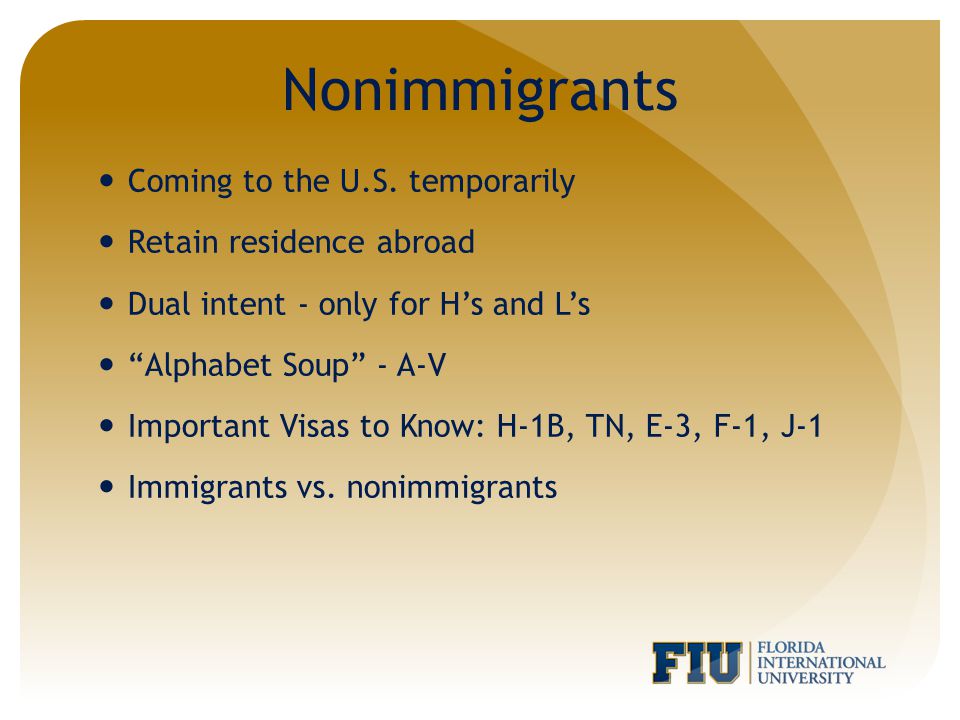



Hr Liaisons Meeting September 16 Ppt Video Online Download
Unlike an H1B visa or L1 visa, an visa holder cannot have both nonimmigrant intent and immigrant intent (holding both of these intents simultaneously is referred to as "dual intent") Due to the fact that the visa does not tolerate immigrant intent or dual intent, many individuals have the mistaken belief that they cannot pursue a green card while on an visaYou may apply for an at a consulate, approval from USCIS is not required You would need to present an LCA and the other documents This would mean that applicants can secure visas within days of applying and be in the US quickly Is the a dual intent visa? Allowing dual intent will remove an unnecessary legal headache when these visa status holders apply for permanent residency Currently, H1B1, CW1 and visa status holders must be extremely careful when preparing their green card petitions or risk running afoul of the immigrant intent rule




Dual Intent Doctrine U S Immigration Immigration




E 3 Visa To Green Card Lightman Law Firm
Status doesn't entail the dual intent when a nonimmigrant intends to become a permanent resident of the US Individuals that are looking to be admitted with the status, need to abandon the intention that they enter as future immigrantsThe visa is not dual intent, so it does not allow permanent residence However, there are ways to obtain the Green Card The easiest is to change the status to a dual intent visa Dual intent visas are H category visas such as the H1B visa When you get this visaIn the United States anyone who earns money while in the country or from assets in the country (investments, rental property, etc) has taxable income (which may or may not result in an actual tax depending on a large number of circumstances) Als
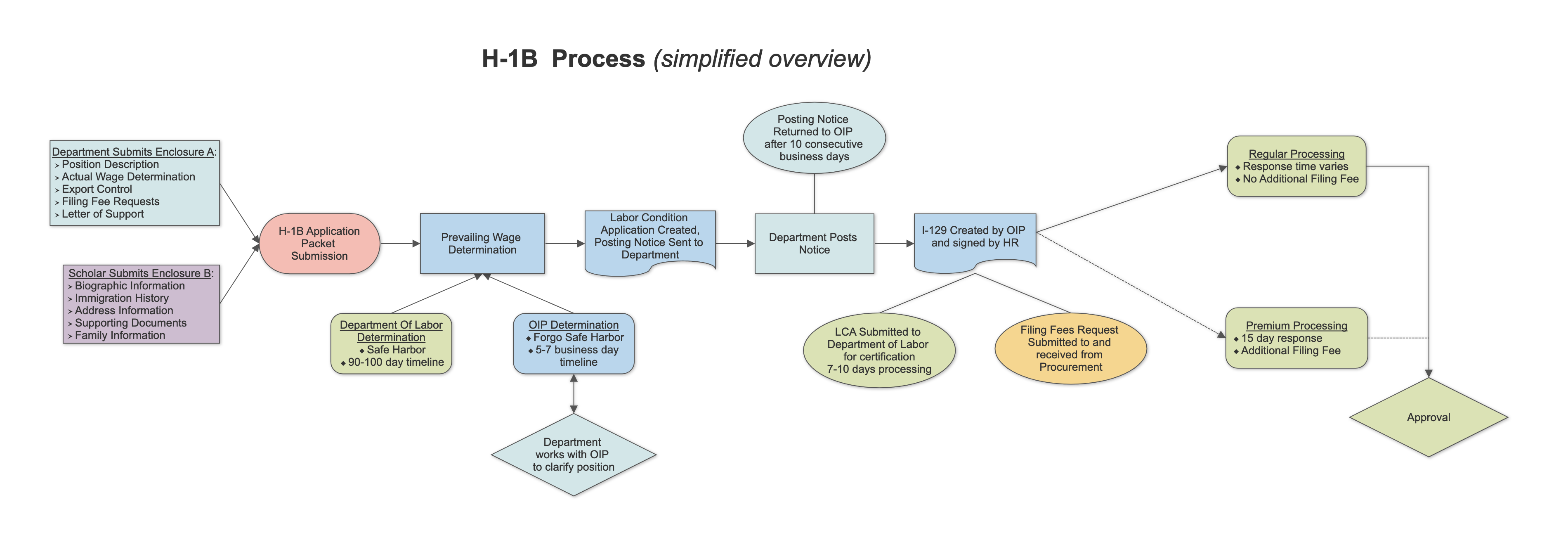



H 1b Tn And E 3 Oge International Student And Scholar Services




New Us Immigration Bill S Dual Intent Provision For International Students News Study Abroad By Collegedekho
USCIS may consider you to be maintaining status, following cessation of employment, for up to 60 days during the period of petition validity (or other authorized validity period) Note Form I129 is also used to apply for an extension of stay or change of employment with the same employerDual intent is essentially allowed An individual does not have to keep a foreign residency, and filing for permanent residency does not disqualify them from obtaining an O visa Although only the H1B and L1 visa categories have true "dual intent", meaning that there is no requirement at all to plan to stay in the United States temporarilyThe H3 nonimmigrant visa category is designed to allow foreign nationals to come to the US to receive training in many different activities Unlike the H1B category, the H3 is not a dualintent visa, so the beneficiary cannot be pursuing avenues toward permanent residency The regulations allow for training in "any field of endeavor"




Lmia What Is Dual Intent Immigration To Canada Youtube




E 3 Visa Immigrant Intent For Usa Green Card Lightman Law Firm
Generally, a citizen of a foreign country who wishes to enter the United States must first obtain a visa, either a nonimmigrant visa for temporary stay, or an immigrant visa for permanent residence Treaty Trader (E1), Treaty Investor (E2), and Australian in Specialty Occupation () visas are for citizens of countries with which the UnitedStatus does not incorporate the concept of dual intent – nonimmigrant admission with the concurrent intent to adjust status to permanent residence thereafter This is a notable departure from the opportunity afforded beneficiaries of H1b, L, and O employmentbased nonimmigrant categories, and stands as the 's chief disadvantage The visa is not specifically a dual intent visa Unlike the H1B visa which allows for dual intent, at your Visa US Consulate Interview, the candidate must prove they intend to leave the US at the end of their visa period and thus must prove significant ties to the home country



Can You Change From An E 3 Visa To Green Card In 21 America Josh
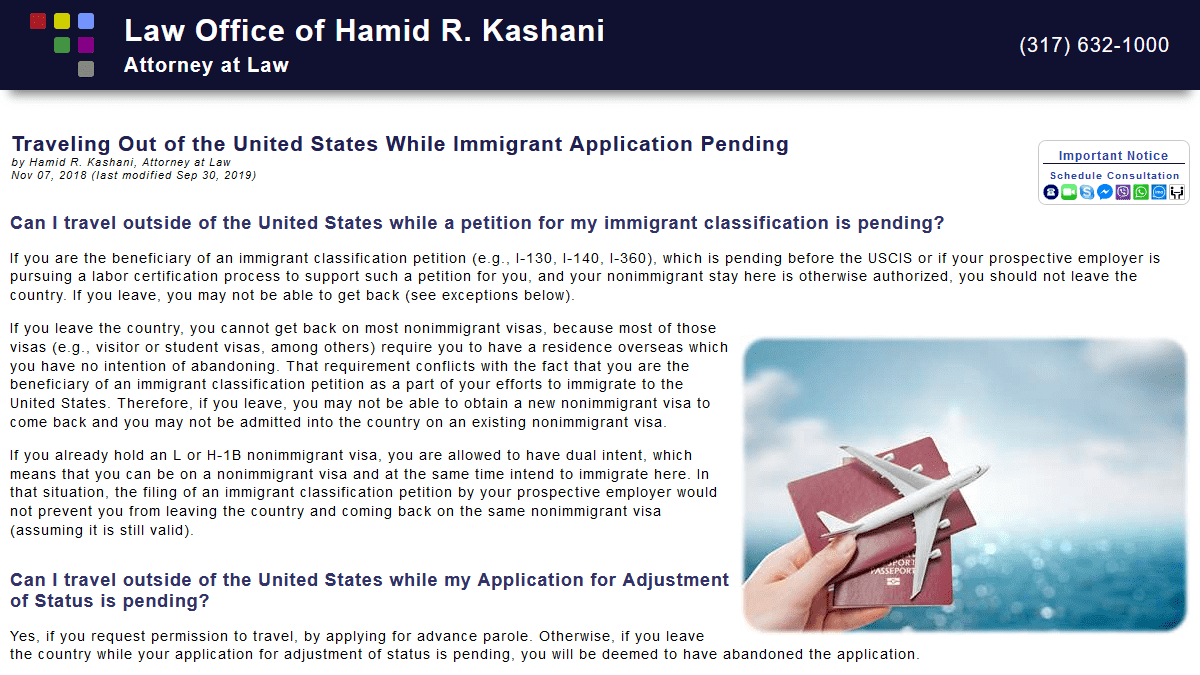



Traveling Outside Of The United States While Immigrant Application Pending
Doctrine of Dual Intent allows visa holders to enter the US while simultaneously seeking lawful permanent resident status (green card status) Otherwise, visa holders may be presumed to have immigrant intent and can be kept from entry (summarily excluded) as a matter of law Persons with H1B visas (for specialty workers and their spouses andAn alien with dual nationalities who is or may be seeking an E visa should consult with an experienced immigration attorney with expertise in investment immigration matters _____ Matter of Ognibene, 18 I&N Dec 425 (BIA 19);Immigrant Intent & The Visa Most people holding an visa or pursuing an are aware of the concept of ' immigrant intent ' and how the doesn't tolerate immigrant intent Loosely speaking, immigrant intent is the intent to make the US your permanent residence or apply for a green card in the US , or to engage in activity in



Matter Of Ognibene E Visas And Dual Nationality Myattorneyusa



H 1b Smithsonian Asian Pacific American Center Google Arts Culture
The visa is not dual intent, so it does not allow permanent residence However, there are ways to obtain the Green Card The easiest is to change the status to a dual intent visa Dual intent visas are H category visas such as the H1B visa When you get this visa, you can then apply for the Green CardExtensions of stay are granted in up to twoyear increments Although regulations do not limit the duration of status, the is a nonimmigrant status and does not permit "dualintent" (intent to immigrate) It is intended for temporary employment onlyOne limitation to E1 is that it is a "semidual intent" visa The Department of State believes it is not a dual intent visa, therefore, if you seek a visa from a consulate/embassy, and you have a green card petition pending, you are unlikely to obtain the visa The US Citizenship and Immigration Service, however, does recognize E1 as dual




Dual Intent Visa For Adjustment Of Status Citizenpath




Dual Intent Visa For Adjustment Of Status Citizenpath
The visa is not specifically a dual intent visa Unlike the H1B visa which allows for dual intent, at your Visa US Consulate Interview , the candidate must prove they intend to leave the US at the end of their visa period and thus must prove significant ties to the home country No the nonimmigrant visa is not a dual intent visa The answer provided here is general in nature and does not take into account other factors that may need to be reviewed for a more precise answer You should consult with an immigration attorney before taking any action Some of the more popular visas, such as the H1B or the O1, are considered dual intent The L1 also fits in this category However, the is a bit more complicated The USCIS officially states that " visas are not dual intent visas in the sense of H1B visas and L1 visas However, an application for initial admission, change of status or extension of stay, may not be



Www Aila Org File Related ad Pdf
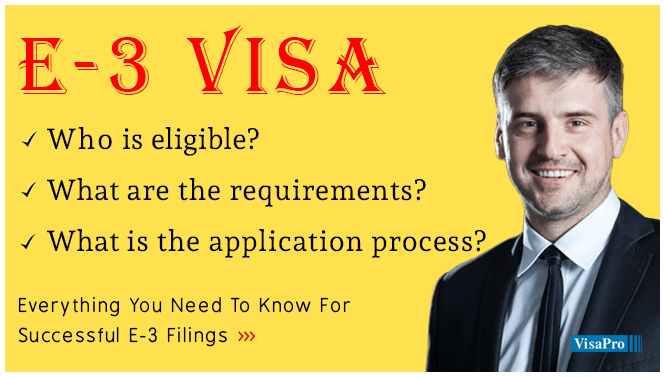



What Is Visa Processing Time More
The 08 rule for the first time addressed the impact a green card petition has on R1 status The new rule states that R classification may not be denied solely because a labor certification or preference petition, including a Form I360, has been filed by or on behalf of the alien Dual Intent Visa A dual intent visa allows a foreign national to enter the United States as a nonimmigrant but retain the option to apply for a green card (permanent residence) in the future There are some types of visas that simply don't fit the mold of a true nonimmigrant intent Several visas inherently contain the possibility that the visitor will become a permanent resident in the US Therefore, a dual intentThey are not dual intent in the sense of H1Bs and L1s, but they do not




Immigration Options Foreign Nationals Considerations For Employers Scott




Limaechoecho E 3 Visa To Green Card For Australians
One limitation to E2 is that it is a "semidual intent" visa The Department of State believes it is not a dual intent visa, therefore, if you seek a visa from a consulate/embassy, and you have a green card petition pending, you are unlikely to obtain the visa The US Citizenship and Immigration Service, however, does recognize E2 as dual Allowing dual intent will remove an unnecessary legal headache when these visa status holders apply for permanent residency Currently, H1B1, CW1 and visa status holders must be extremely careful when preparing their green card petitions or risk running afoul of the immigrant intent ruleMatter of Damioli, 17 I&N Dec 303 (BIA 1980) The BIA cited the old 22 CFR 4141



Www Aila Org File Related ad Pdf




What S The Deal With All F1 Visa Denials For Dual Intent Purposes Blind
Basically, the doctrine of dual intent deals with nonUS nationals' intentions as to how long they plan to remain in the United States If the foreign national intends to live in the US for only a temporary time, as opposed to permanently, then they fitYou must show intent to depart the United States when your status ends However, unlike most other nonimmigrant visa classifications, you do not need to demonstrate intent to remain in the United States for a specific amount of time nor do you need to maintain foreign residence 4 Visa Process Getting an visa is a multistep processThe beneficiary should apply for a visa at a US consulate Inside the US in a valid nonimmigrant status at the time the I129 was filed The beneficiary can begin to work immediately for the petitioning employer Inside the US out of status The beneficiary must depart the US and apply for a visa at the US consulate abroad




O1 Visa To Green Card Step By Step Guide
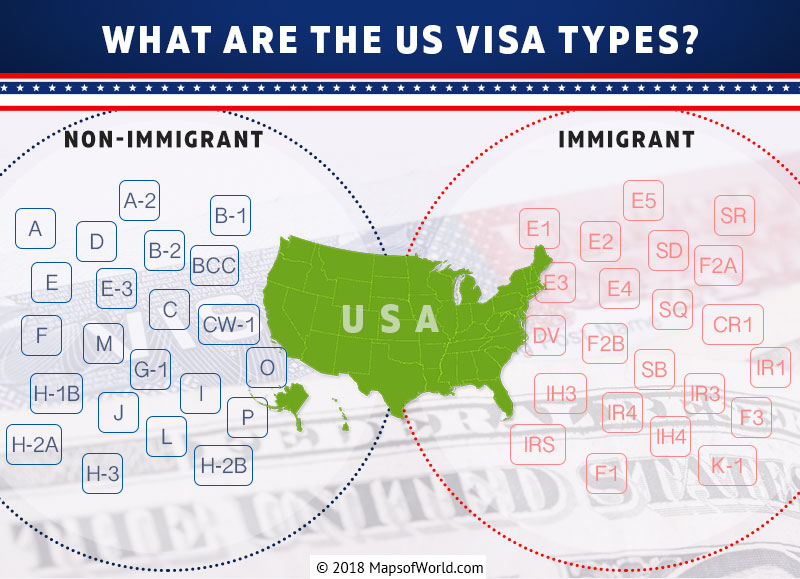



What Are The Us Visa Types Answers
This dual intent is only applicable to handful of nonimmigrant visas like H1B Visa, L1 Visa, O1 Visa With "dual intent" option, H1B or L1 visa holders can apply for adjustment of status in US to become permanent residents in US Below is the screenshot of dual intent from official reference on USCISKeep in mind that the visa is not a dual intent visa, which means you need to prove that you intend to return to Australia upon conclusion of the visa If the consular officer or border agent believes that you intend to remain in the United States



Fas Org Sgp Crs Homesec R Pdf




E 3 Visa Faq Professionals Answer Your Visa Questions




F1 Visa What Is An F 1 Visa Here Is Everything You Need To Know The Economic Times
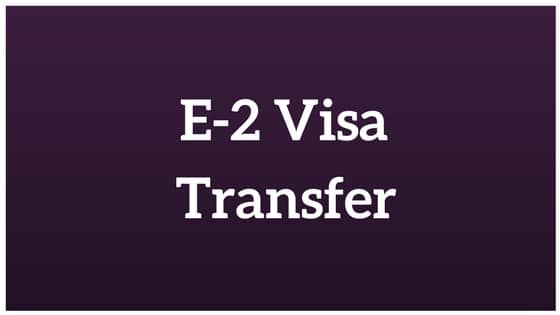



E 2 Visa Transfer How To Switch To An H 1b Or Green Card




Ppt Fragomen Del Rey Bernsen Loewy Llp Powerpoint Presentation Id




J1 Visa All About J 1 Exchange Visitor Visa How To Apply And What All You Need To Know The Economic Times




E Treaty Treaty Visas Provide Long Term Immigration Options For Investors And Traders Pdf Free Download
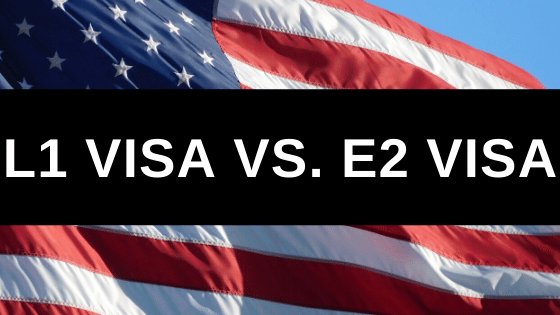



L1 Visa Vs E2 Visa The Key Differences Ashoori Law




E 3 Visa Dual Intent E 3 Visa Dual Intent Freepnggejprptj




H1b Visa What Is An H 1b Visa Here S Everything You Need To Know The Economic Times




H1b1 Florida Immigration Law Counsel




Study Abroad Archives International Student Insurance By Student Cover




Dear Sophie How Do We Craft A Strong H 1b Petition If I M Not Selected What Are My Options Techcrunch




E 3 Visa Immigrant Intent For Usa Green Card Lightman Law Firm




Entrepreneur Visa The E2 Visa In Detail Immipartner
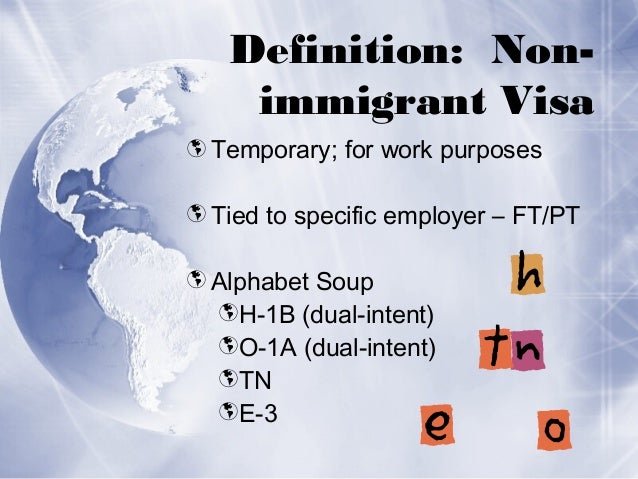



Fall Permanent Resident Workshop
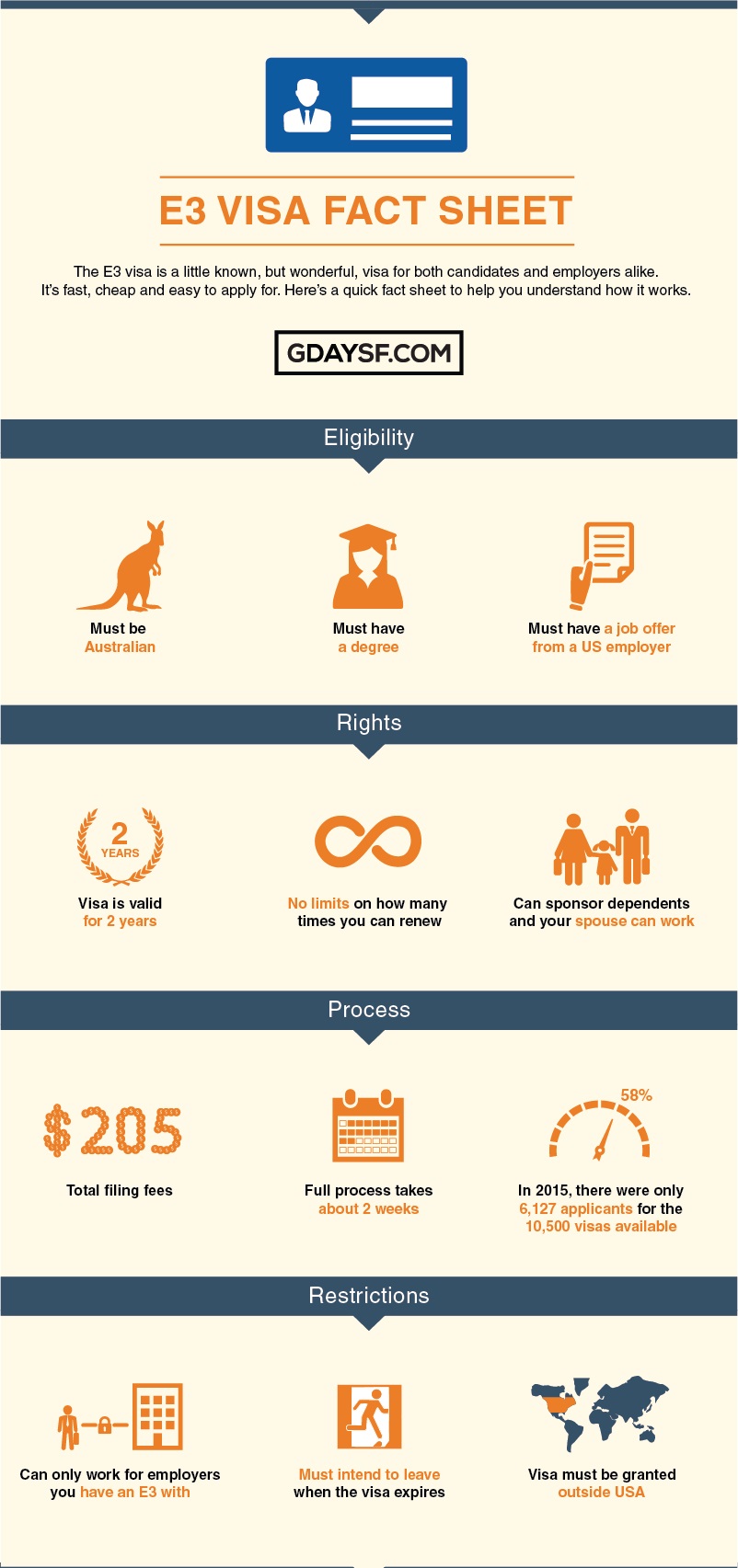



Visa E 3 Visa For Australian Professionals Immigration Attorney




E 3 Visa Australian Migration Agents And Immigration Lawyers Melbourne Visaenvoy




Dual Intent H1b L1 H4 Visas Vs Nonimmigrant Intent F1 B1 214 B Redbus2us




E Visas E 1 E 2 And E 3 For Temporary Workers Uscis




U S E 3 Visas For Australians Tievsky Immigration Law




L Visa Vs E Visa Pros And Cons Cohen Decker Pex Brosh 03
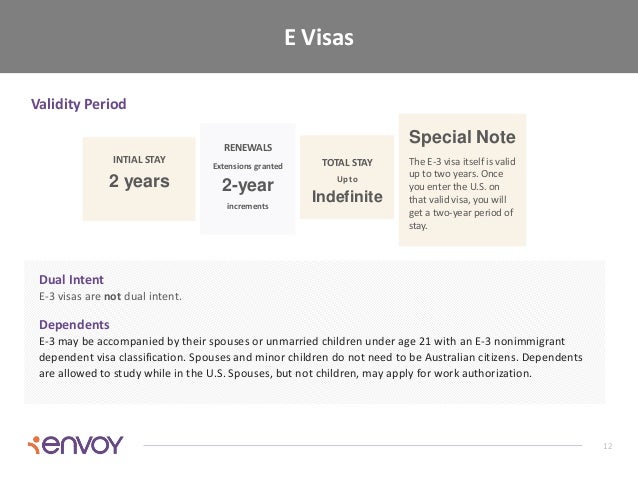



The Beginner S Guide To Immigration Slidedeck




H 1b Visa Australian Migration Agents And Immigration Lawyers Melbourne Visaenvoy




O 1 Visas The Complete Guide 19 Herman Legal Group




E 3 Visa Lawyer Danielle Nelisse Immigration Attorney




What Is A Dual Intent Visa




E Visa Tips Three Things To Know About Intent To Depart Dallas Immigration Lawyer Verdin Law Immigration Attorney




Can You Change From An E 3 Visa To Green Card In 21 America Josh




Entrepreneur Visa The E2 Visa In Detail Immipartner
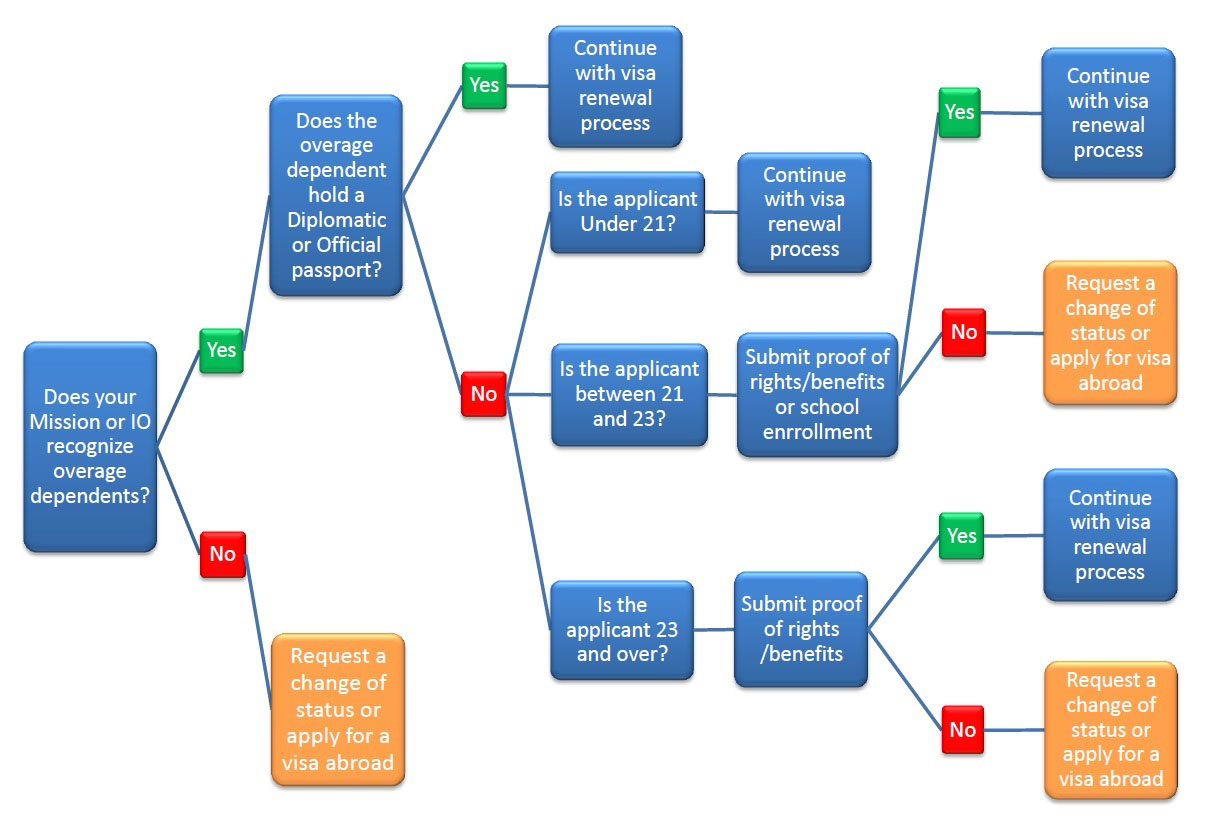



Renewing A G And Nato Visas In The United States




Understanding The Ins And Outs Of The Visa



infotech Consulting Faq




Dear Sophie Can I Work In The U S On A Dependent Spouse Visa Alcorn Immigration Law A Silicon Valley Immigration Firm
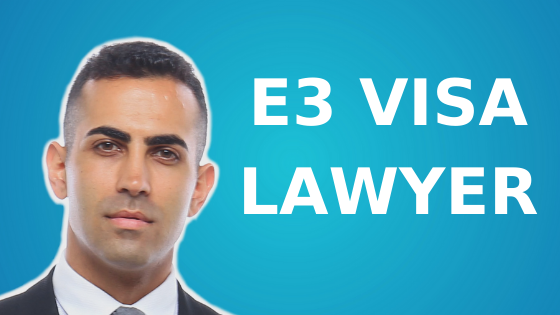



Visa Guide Everything You Need To Know About The Visa



Can An Visa Holder Apply For A Green Card Quora




The E 3 Visa Application Process Explained




E2 Visa Dual Intent Applying For A Us Green Card Nnu Immigration




Investor Visa Usa Investment Immigration Pandev Law
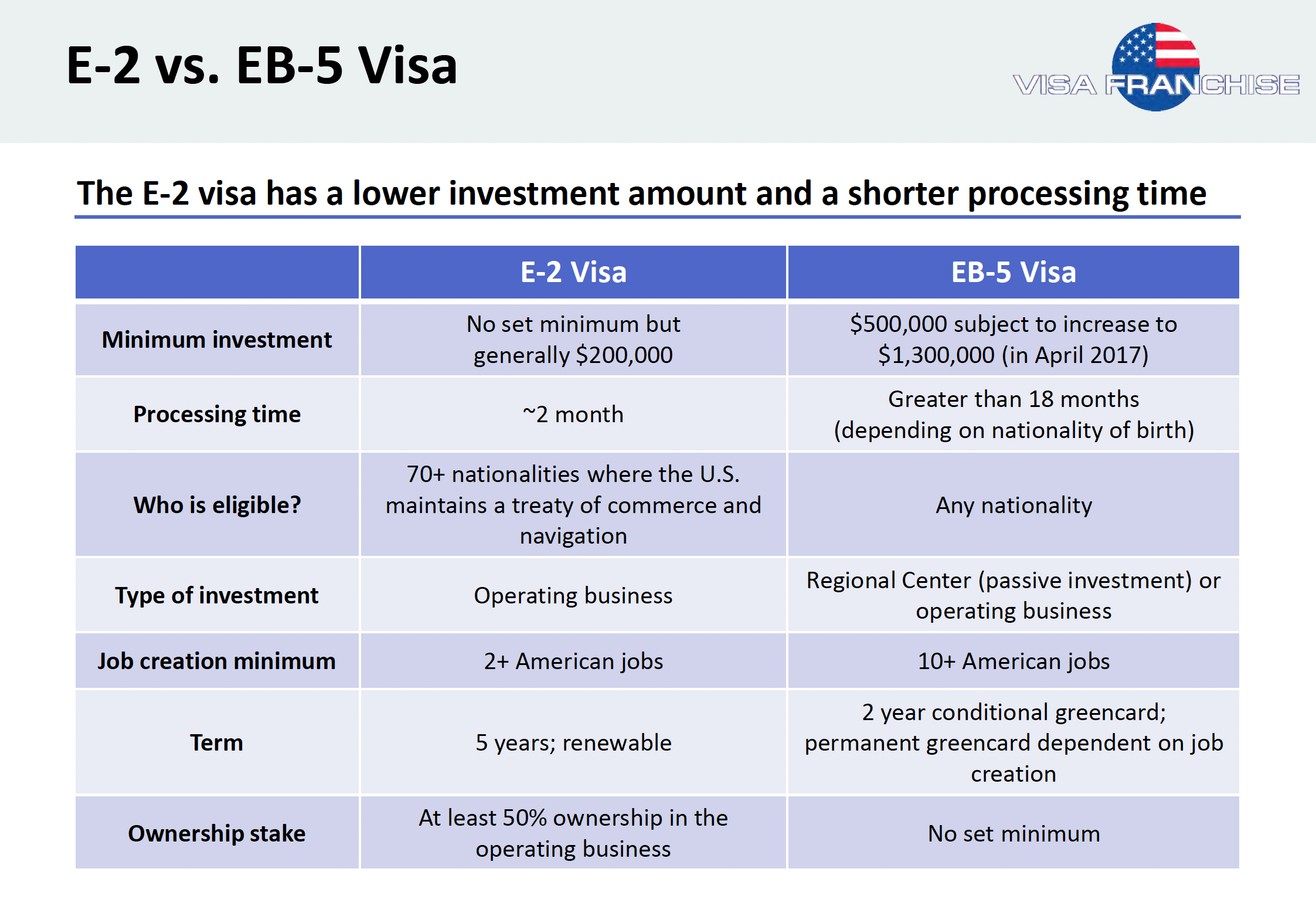



The United States E 2 Visa Faq Investment Migration Insider
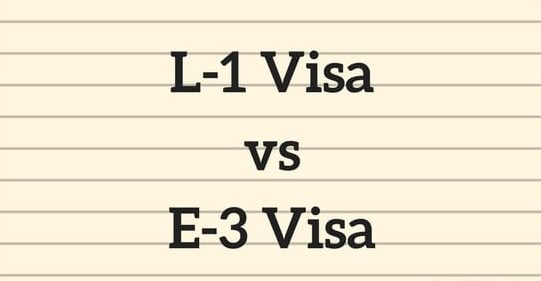



L 1 Vs E 3 Visa Differences Rules Green Card Duration




Understanding The Ins And Outs Of The Visa




H 1b Visa Specialty Occupations Application In 21 Lluis Law




Us Visas Student Advocacy Of America




Change An E2 Visa Into A Green Card




The E 3 Visa Application Process Explained




Immigration Options Foreign Nationals Considerations For Employers Scott
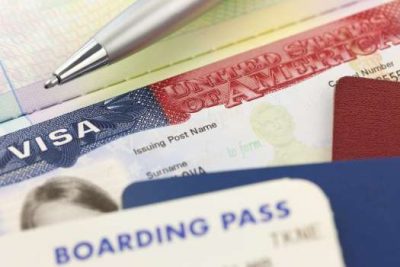



E 2 Visa Investor Investment Treaty Countries 21 Usa United States Us Eb5 Brics




E2 Visa Dual Intent Applying For A Us Green Card Nnu Immigration




E Visas And Dual Intent




Dual Intent H1b L1 H4 Visas Vs Nonimmigrant Intent F1 B1 214 B Redbus2us



Uscis Policy Manual Volume 2 Nonimmigrants For Official Use Only Pdf Free Download




J 1 Visa Wikipedia
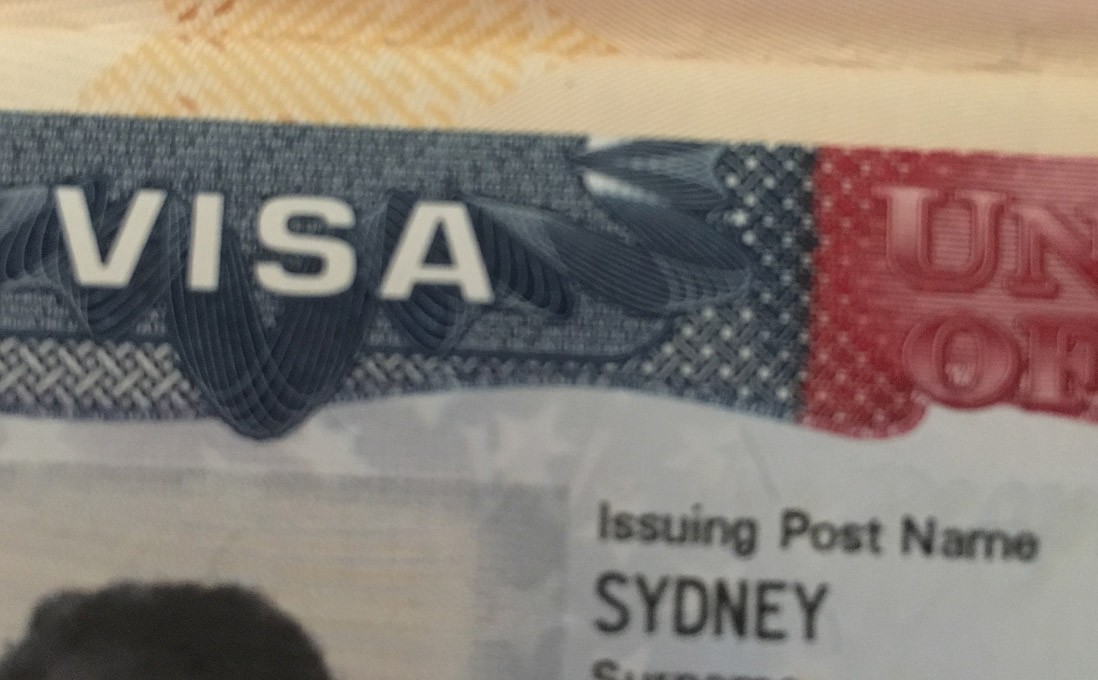



Advanced E 3 Visa Issues For Australian Nationals




L1 Visa Dual Intent Green Card Eligibility Nnu Immigration




E 3 Visa Dual Intent E 3 Visa Dual Intent Freepnggejprptj
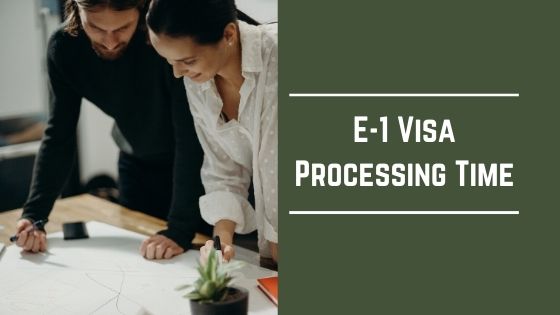



E 1 Visa Processing Time Timeline To Green Card




E 3 Visa Lawyer Danielle Nelisse Immigration Attorney
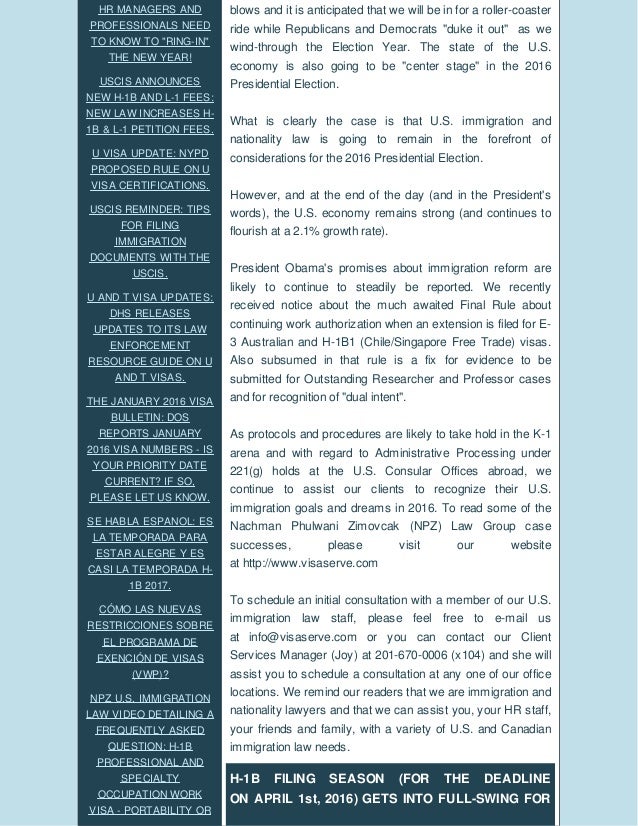



U S Immigration News And Updates H 1b Filing Season In Full Swing
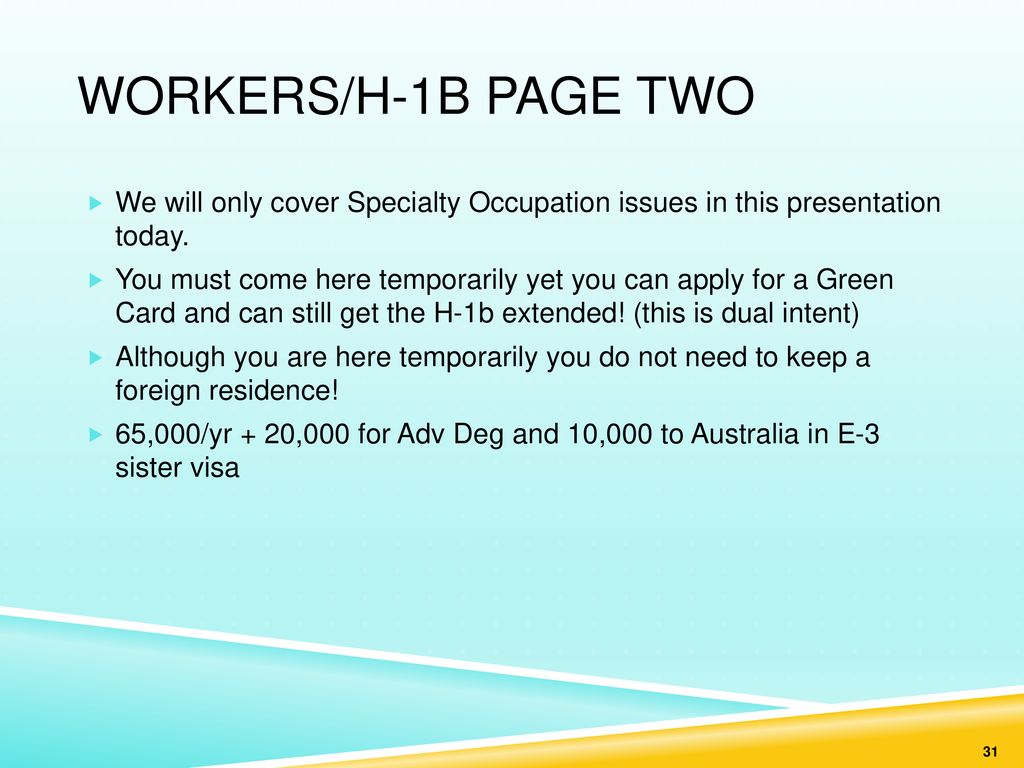



Welcome To Our Presentation Ppt Download



Can You Change From An E 3 Visa To Green Card In 21 America Josh




O 1 Visa Vs E 2 Visa For The Tech Founders Passright




Dual Intent Doctrine Charleston Usa Immigration Law Center Llp




Immigration Options Foreign Nationals Considerations For Employers Scott




Dual Intent Visa For Adjustment Of Status Citizenpath




E 3 Specialty Occupation Visas For Australians Visa Lawyers Tblo




Proving Nonimmigrant Intent For A U S Visa Chodorow Law Offices




The E 3 Visa Application Process Explained




Services For International Students And Scholars E 3 Professional Status For Australian Citizens
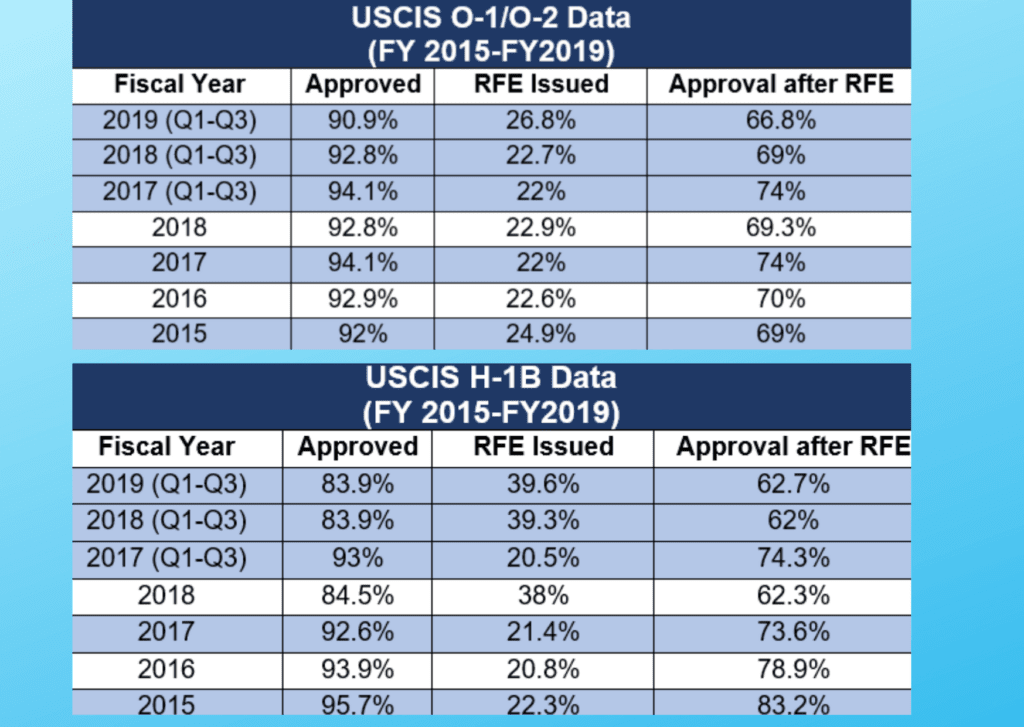



Visa Check O 1 Visa As The Best Visa For Foreign Experts Passright




Maintaining E 3 Compliance Faculty Scholar Immigration Services




How To Get A Us E 2 Visa The Ultimate Guide Nomad Capitalist
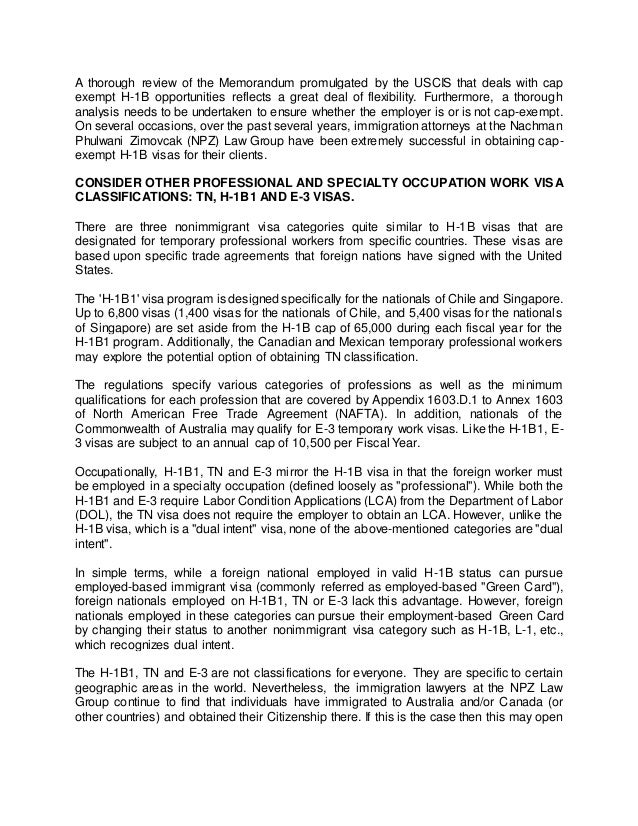



Another H 1b Nonimmigrant Visa Lottery Is Looming Now Is The Time To




Dual Intent Workpermit Com




E 3 Visa Immigrant Intent For Usa Green Card Lightman Law Firm




E 3 Visa Faq Professionals Answer Your Visa Questions



コメント
コメントを投稿